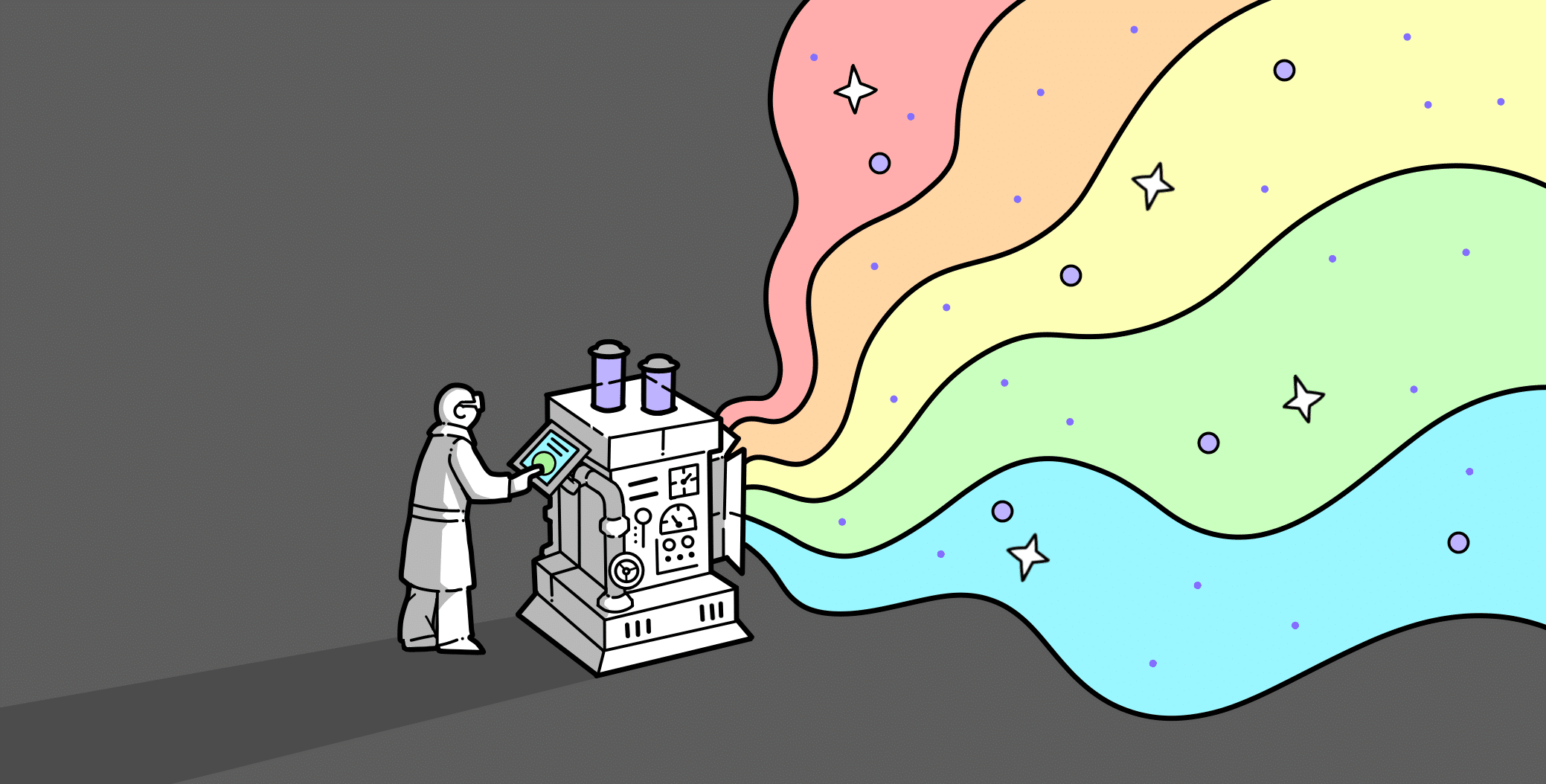Blurring Boundaries and Building Engagement in the Classroom
In the not-so-distant past, Augmented Reality (AR) was a mere whisper on the technological horizon. But today, it has emerged as a force to be reckoned with, particularly in the realm of education. AR has the power to transform traditional classrooms into immersive and interactive learning environments. Yet, as with any disruptive innovation, challenges abound. Let’s dive into the thrilling world of AR in education, where the boundaries between reality and the virtual are blurred, and the potential for unlocking student potential is immense.
From Bulky Hardware to Seamless Integration
The evolution of AR in education has been a slow and steady journey. In the 1990s, pioneers coined the term „Augmented Reality“ and made strides in tracking technologies and graphical overlays. However, clunky hardware and limited processing power hindered widespread adoption. It wasn’t until the early 2000s, with the advent of smartphones, that AR began to take flight. The integration of cameras, sensors, and powerful processors in these pocket-sized devices paved the way for accessible AR experiences. The release of the Layar app in 2009 marked a significant milestone, enabling users to view location-based AR content through their smartphone cameras.
Education Takes Center Stage
AR’s impact extends far beyond mere entertainment. It has made a profound mark in various fields, including healthcare, architecture, and, of course, education. In the realm of education, AR is a game-changer. Surgeons employ AR overlays to guide complex procedures, architects visualize building designs in real-time, and educators harness AR’s potential to create immersive and captivating learning experiences for their students.
Immersive Learning that Transcends Boundaries
AR breathes life into abstract concepts, making learning tangible and engaging. Through AR, students can visualize historical events, scientific phenomena, and artistic creations like never before. Instead of reading about ancient civilizations, they can walk through virtual ancient cities, interact with historical figures, and witness history come alive. AR empowers students to explore, interact, and fully immerse themselves in their educational journeys.
Personalized Education for Individual Excellence
One size does not fit all in education, and that’s where AR shines. Educators can leverage AR to tailor learning experiences to individual students‘ needs and preferences. By adapting content, pacing, and challenges, AR promotes a personalized approach that caters to diverse learning styles. This customization enhances student motivation, confidence, and overall academic performance.
Real-World Simulations for Practical Skills
AR takes learning beyond the confines of textbooks and classrooms. Students can engage in practical simulations that mirror real-world scenarios. Whether it’s conducting virtual science experiments, practicing surgical procedures, or exploring intricate architectural designs, AR bridges the gap between theory and application. It equips students with practical skills, preparing them for future careers and empowering them to tackle real-world challenges.
Challenges in the World of Beauty Filters
While the educational potential of AR is vast, we must confront the challenges that arise within this technology-driven landscape. One such challenge lies in the prevalence of beauty filters on platforms like TikTok. These filters, although seemingly harmless and fun, perpetuate unrealistic beauty standards. They can distort one’s perception of beauty, fueling insecurities, and impacting self-esteem, particularly among young and impressionable users. Additionally, the normalization of digitally altered appearances blurs the line between reality and virtuality, challenging notions of self-acceptance and authenticity.
To navigate the dangers of beauty filters and maximize the potential of AR in education, a multi-faceted approach is essential. Educators, parents, and platform developers must promote media literacy, educate users about the realities of digital manipulation, and foster critical thinking skills. Encouraging a healthy and balanced approach to social media usage, emphasizing self-acceptance, and instilling a sense of media awareness are crucial steps towards mitigating the potential harms associated with beauty filters.
Looking Ahead: A Promising Future
As AR technology continues to advance at a rapid pace, the possibilities for education and society as a whole are awe-inspiring. With the rise of 5G networks, real-time AR experiences and collaborations across vast distances are becoming increasingly feasible. The trajectory of AR is a testament to human ingenuity and curiosity. As we peer into the future, the ongoing story of Augmented Reality promises a world where reality and virtuality merge seamlessly.
Conclusion: A world of Endless Potential
Augmented Reality in education holds tremendous promise. By blurring the boundaries between the physical and digital realms, AR revolutionizes how we teach and how students learn. It amplifies engagement, personalizes education, and equips students with practical skills for the future. Challenges, such as the dangers of beauty filters, must be addressed, but the advantages of AR in education are undeniable. Let us embrace this technological frontier and unlock the immense potential it holds for transforming education and shaping a brighter tomorrow.



